Fresh off of shoring up the 2nd Amendment and playing boogeyman to the left on abortion (hoo boy, the racism from the left was something to behold), Supreme Court Justice Clarence Thomas has now indicated he may want to tackle revisiting a case he holds in special regard (or disregard): NYT vs. Sullivan, a ruling that makes it difficult for people in the public eye — including politicians — to sue media outlets for defamation.
THOMAS: "I would grant certiorari in this case to revisit the 'actual malice' standard. This case is one of many showing how (NYT v. Sullivan) and its progeny have allowed media organizations and interest groups 'to cast false aspersions on public figures with near impunity.' ”
— John Kruzel (@johnkruzel) June 27, 2022
This is the third time since 2019 that Thomas — occasionally joined by Justice Gorsuch — has challenged the idea of “actual malice” as the standard for when a public figure can sue a media outlet. Or, said another way:
“The result [of Sullivan] is that public figures can only win a libel case if they can prove not only that a statement is false and defamatory, but that a defendant intentionally lied or acted with reckless disregard for the truth–a high burden.”
What that means in practice is that news outlets can “print”, without liability, pretty much anything a source may tell them about a public person, even something defamatory, as long as the source is the one saying it and not the media outlet. The source can be found liable for defamation under the usual terms; the media outlet, unless it showed “actual malice” toward the public figure, can not. In 2021, Thomas and Gorsuch challenged the standard set forth in Sullivan as needing to be updated to meet the realities of the digital age, and to better reflect the original, Consitutional meaning of the 1st Amendment.
The Supreme Court has recently been barraged with bids to overrule the landmark press-freedom precedent, which established the requirement that public figures show “actual malice” to succeed on a defamation claim. In a sort of temporal pincer movement, critics of the decision maintain both that the rule is inconsistent with the original understanding of the Constitution and that it needs updating in light of the dynamics of online media. Last year, dissenting from the denial of certiorari in a case called Berisha v. Lawson, Justice Neil Gorsuch invoked “momentous changes in the Nation’s media landscape since 1964” as his reason to revisit Sullivan, while Justice Clarence Thomas pointed to the ease with which the “Pizzagate” conspiracy theory spread online.
The latest petition before the Court, Coral Ridge Ministries Media v. Southern Poverty Law Center, retreads that ground in a case involving a Christian ministry that objected to its placement on the Southern Poverty Law Center’s “Hate Map,” which tracks hate groups across the country. Relying heavily on Justices Gorsuch and Thomas’s separate opinions, as well as a law review article that then-Professor Elena Kagan wrote in 1993 that expressed misgivings about Sullivan’s effects on press norms, the petition hopes to count to four where nearly identical appeals have, at least so far, fallen short.
Prior to that, in 2019’s Bill Cosby case — specifically an appeal by an accuser the court declined to hear — Thomas wrote a concurring opinon in which he again brought up his concerns about Sullivan.
Justice Thomas’ comments came in a concurring opinion after the Supreme Court refused to hear an appeal by one of Bill Cosby’s accusers, Katherine McKee. In her suit, McGee alleged Cosby, through his attorney, defamed her after sending a letter to news outlets attacking her credibility and personal affairs. The First Circuit dismissed McKee’s lawsuit finding she voluntarily “thrusted” herself into the public eye, becoming a limited purpose public figure and inviting public scrutiny to the credibility of her allegations. Absent a showing of actual malice—that is with knowledge that the statement is false or with reckless disregard of whether it is false or not—by clear and convincing evidence, a limited purpose public figure cannot recover under a defamation claim, applying the New York Times standard.
Justice Thomas described the New York Times standard as “almost impossible” to satisfy as it relates to the classification of limited purpose public figures and public figures. Specifically, reevaluating the First and Fourteenth Amendment, Justice Thomas argues, “If the Constitution does not require public figures to satisfy an actual-malice standard in state-law defamation suits, then neither should we.” He further contends that the rule defined in New York Times is “largely a judge-made rule of law” citing Bose Corp. v. Consumers Union of United States, Inc., 466 U. S. 485, 501–502 (1984).
Now Thomas is using the Coral Ridge/SPLC case as another opportunity to highlight what he thinks of the “actual malice” standard. And his argument, as usual, is sound.
Thomas dissented from the Supreme Court’s decision not to hear the lawsuit, which had been dismissed by lower courts for failing to overcome the decades-old legal standard, established in the landmark 1964 New York Times v. Sullivan decision, that public figures who sue for defamation must not only prove defendants made defamatory statements, but that those statements were made with “actual malice.”
“This case is one of many showing how New York Times and its progeny have allowed media organizations and interest groups ‘to cast false aspersions on public figures with near impunity,’” Thomas wrote.
“SPLC’s ‘hate group’ designation lumped Coral Ridge’s Christian ministry with groups like the Ku Klux Klan and Neo-Nazis,” the justice added. “It placed Coral Ridge on an interactive, online ‘Hate Map’ and caused Coral Ridge concrete financial injury by excluding it from the AmazonSmile donation program. Nonetheless, unable to satisfy the ‘almost impossible’ actual-malice standard this Court has imposed, Coral Ridge could not hold SPLC to account for what it maintains is a blatant falsehood.”
The media’s roughshod reporting of anything that “bleeds” (as the saying goes) without consequence is arguably one of the reasons politics has been getting increasingly uglier since 1964 when Sullivan was decided. If Thomas has his way, public figures will have further recourse to sue those who would defame them — and media outlets would likely start tightening up what they report, making sure the information is accurate rather than simply running with slander just because a high-placed source said it.
Someone ought to tell progressive legislators like Chicago Mayor Lori Lightfoot that Justice Thomas — at least as far as Sullivan is concerned — is not their enemy.
Chicago mayor Lori Lightfoot takes the stage and proclaims, "F*ck Clarence Thomas." pic.twitter.com/fLur8ussTi
— The Post Millennial (@TPostMillennial) June 27, 2022
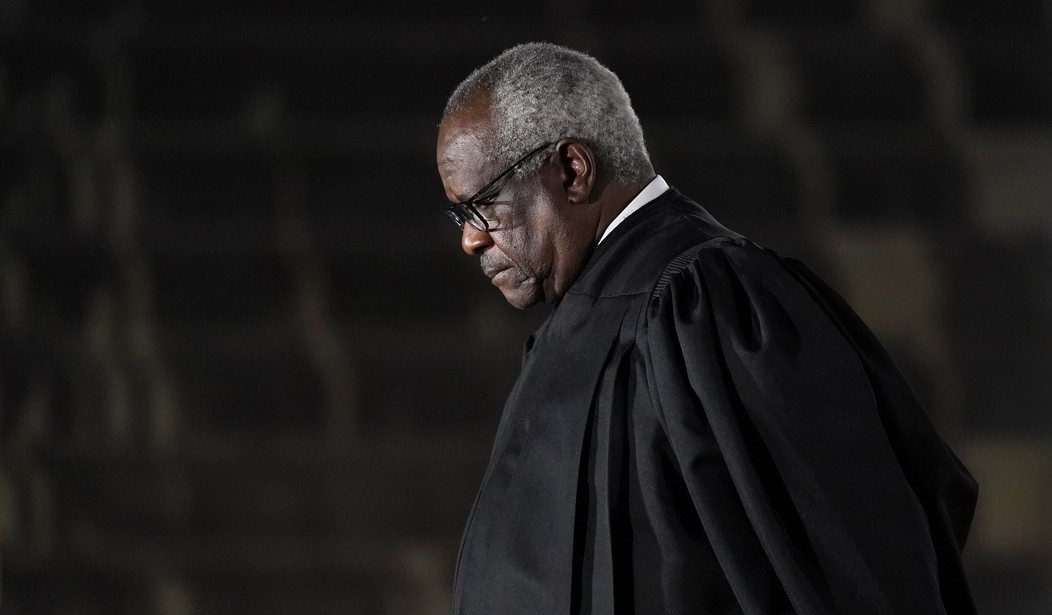
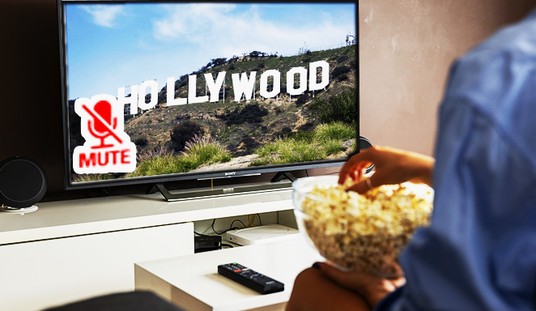


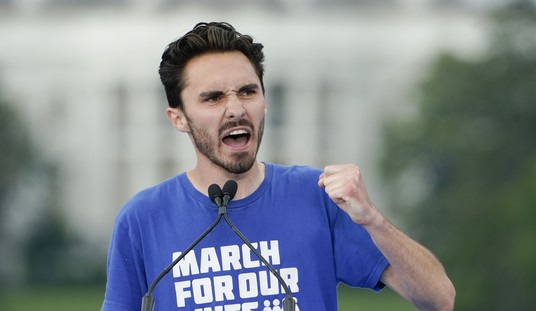





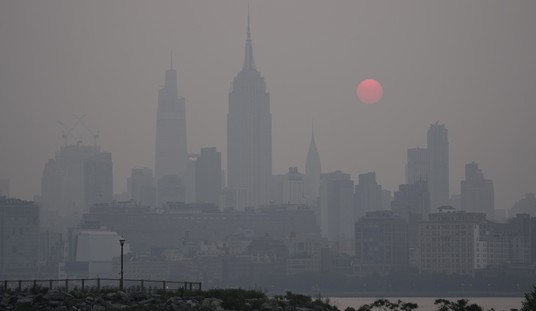
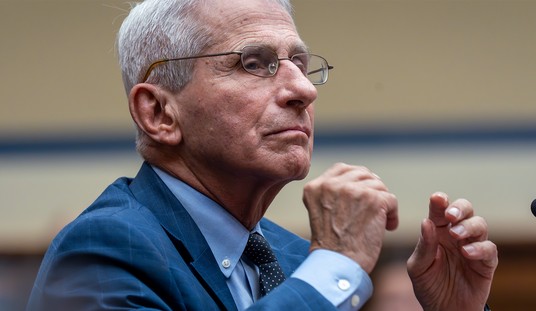
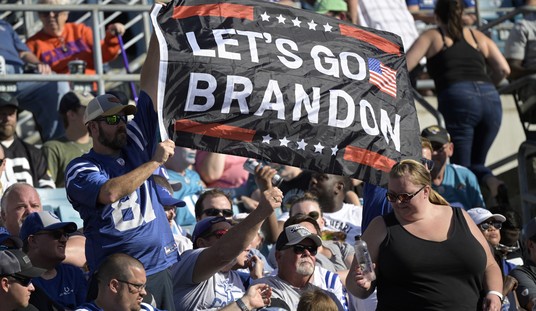
Join the conversation as a VIP Member